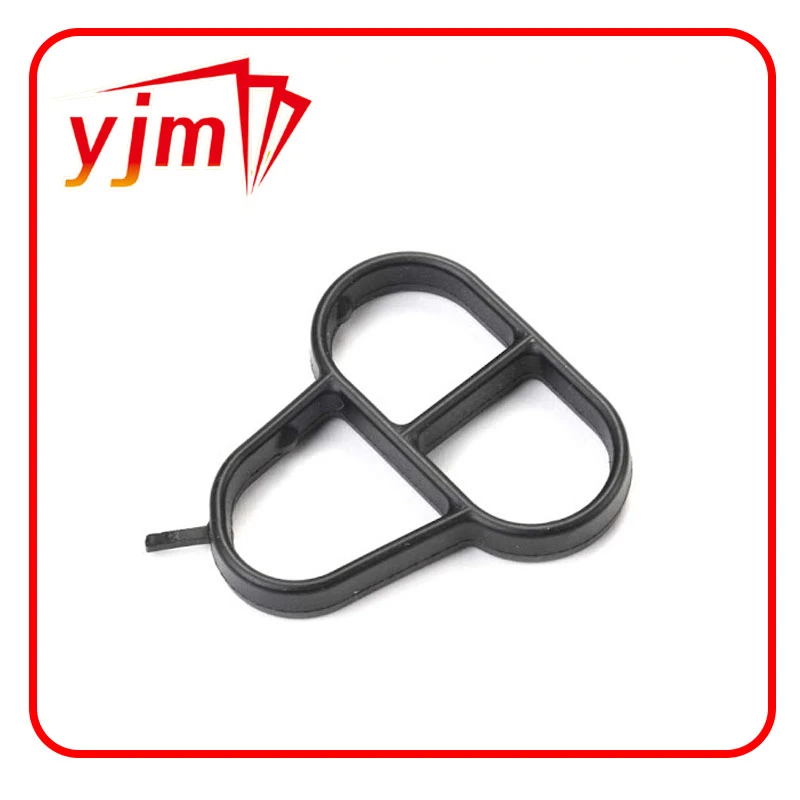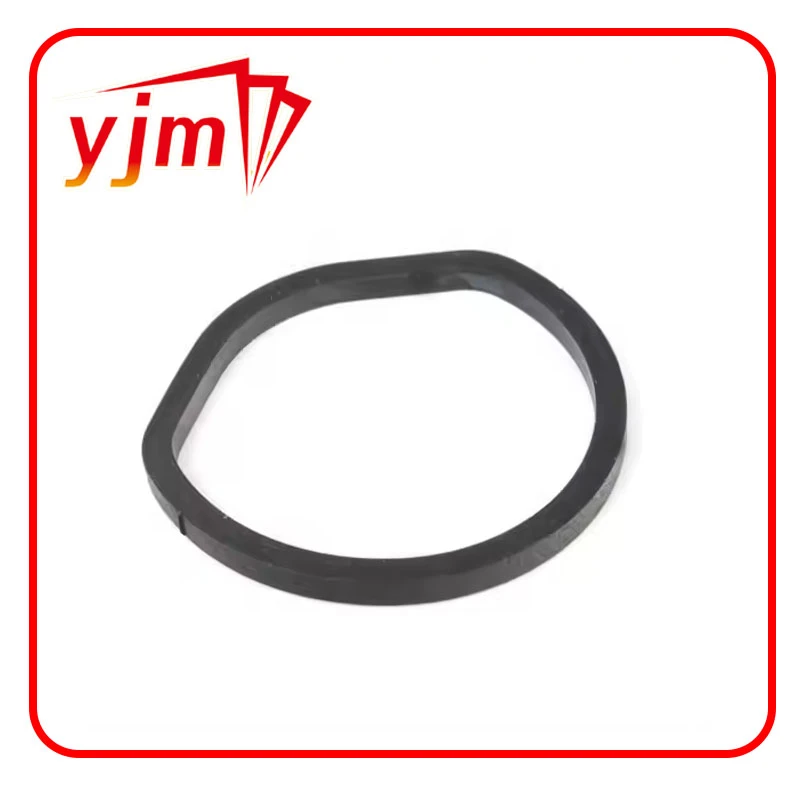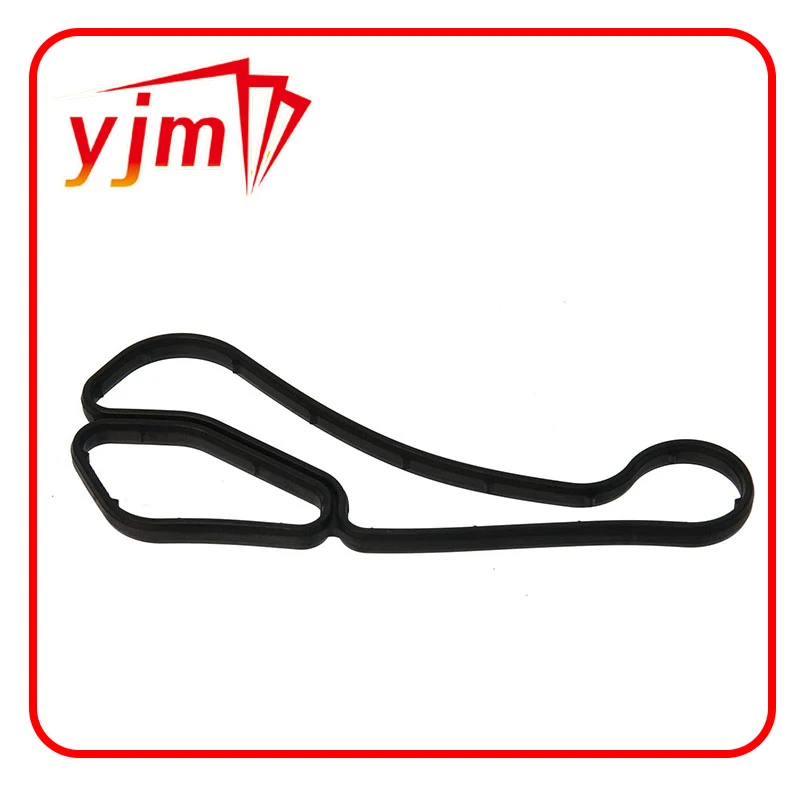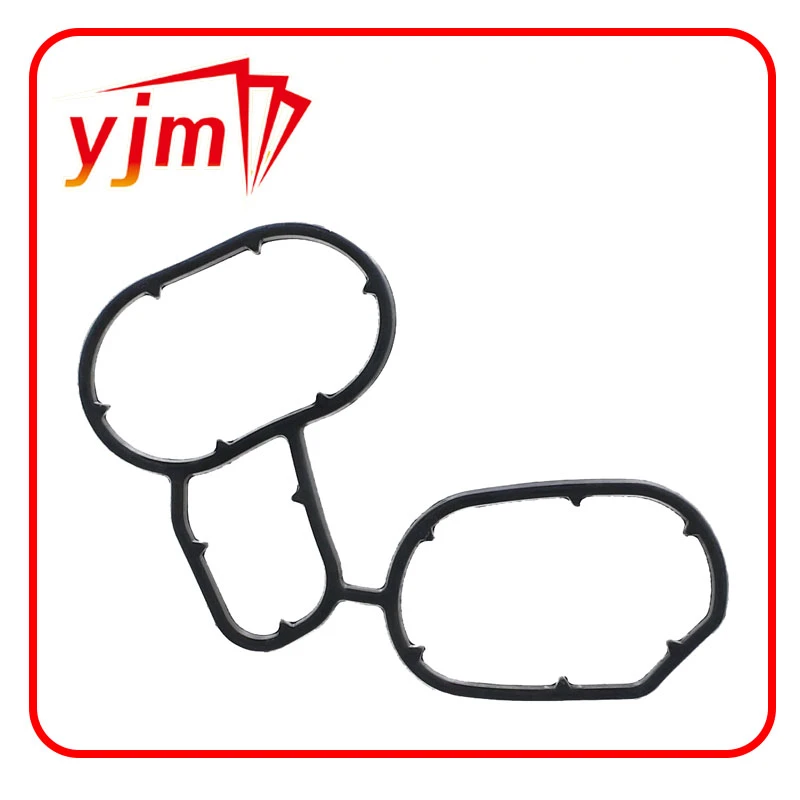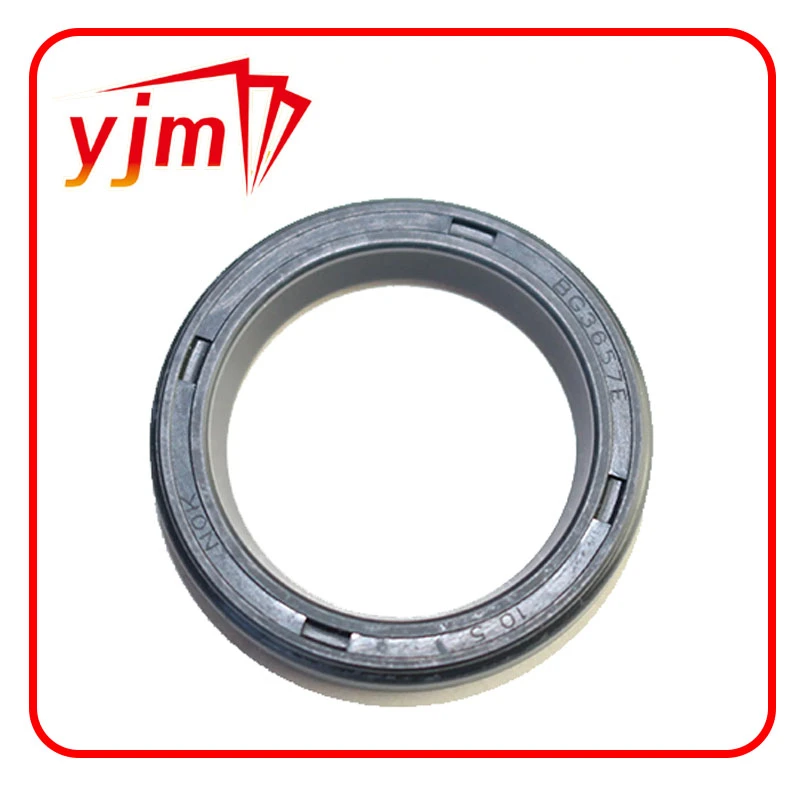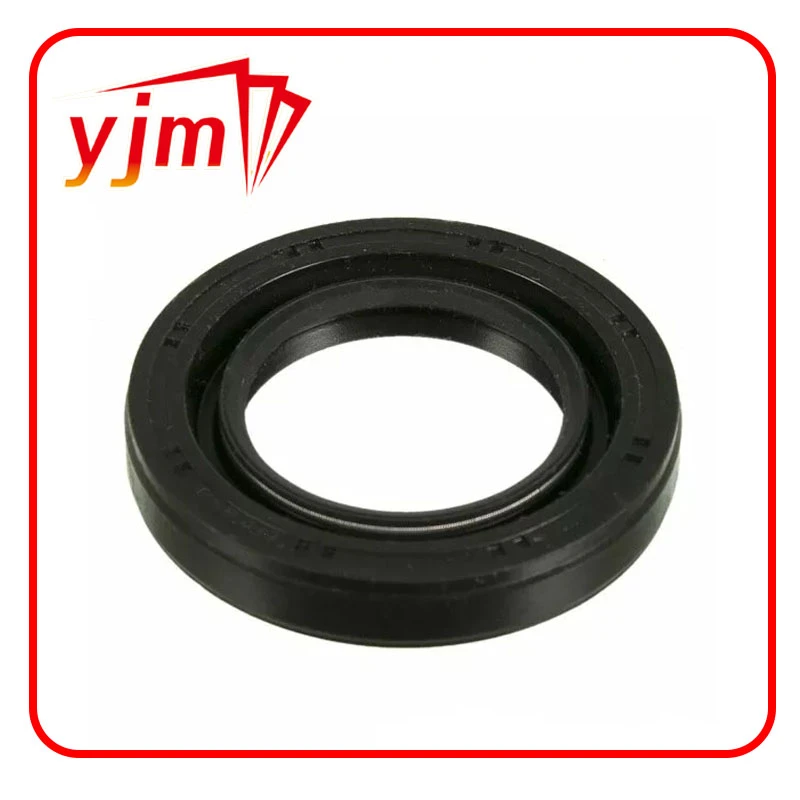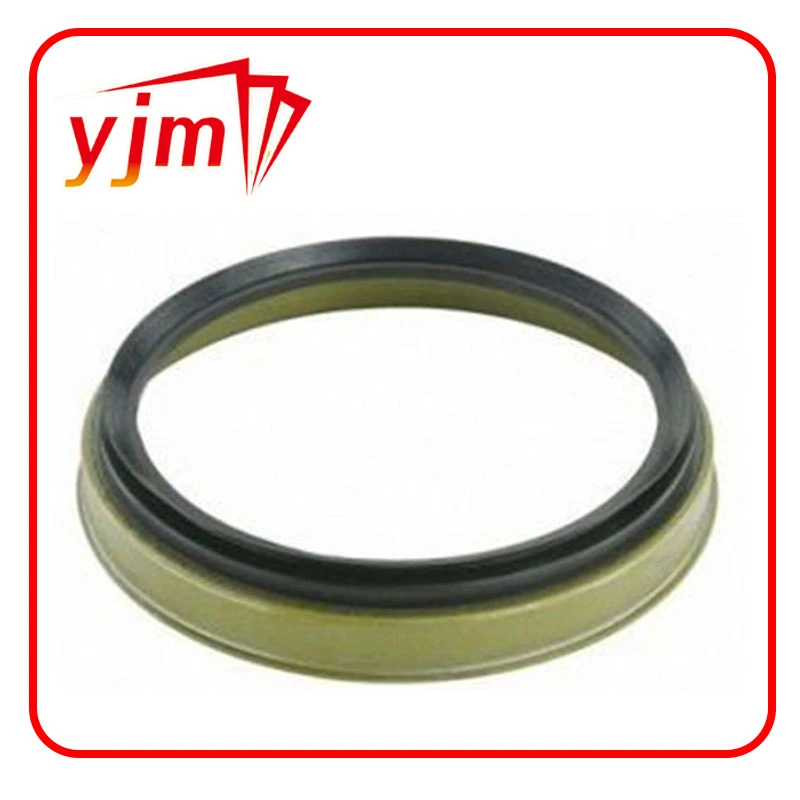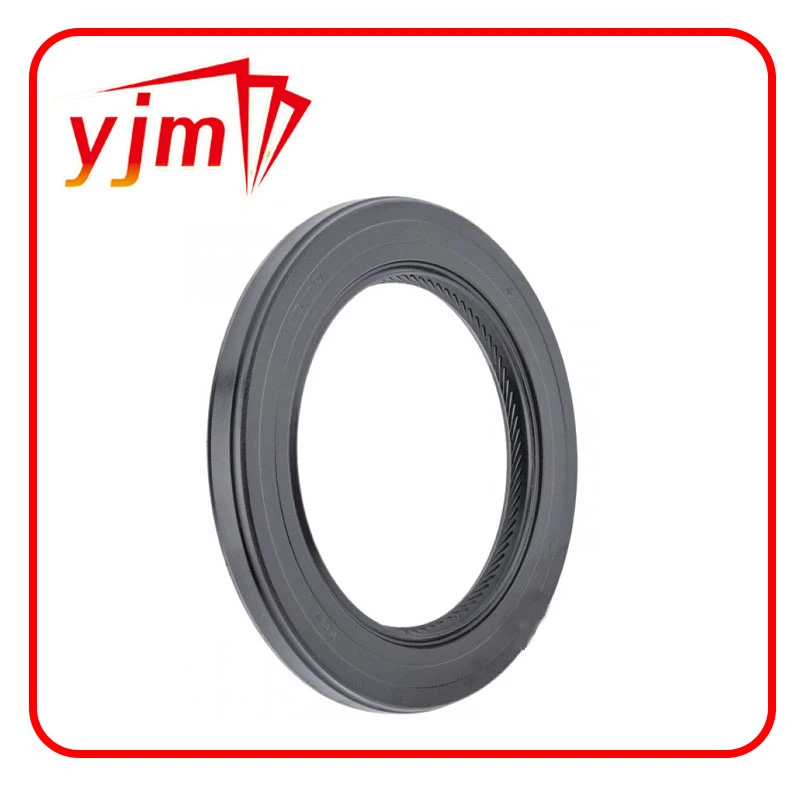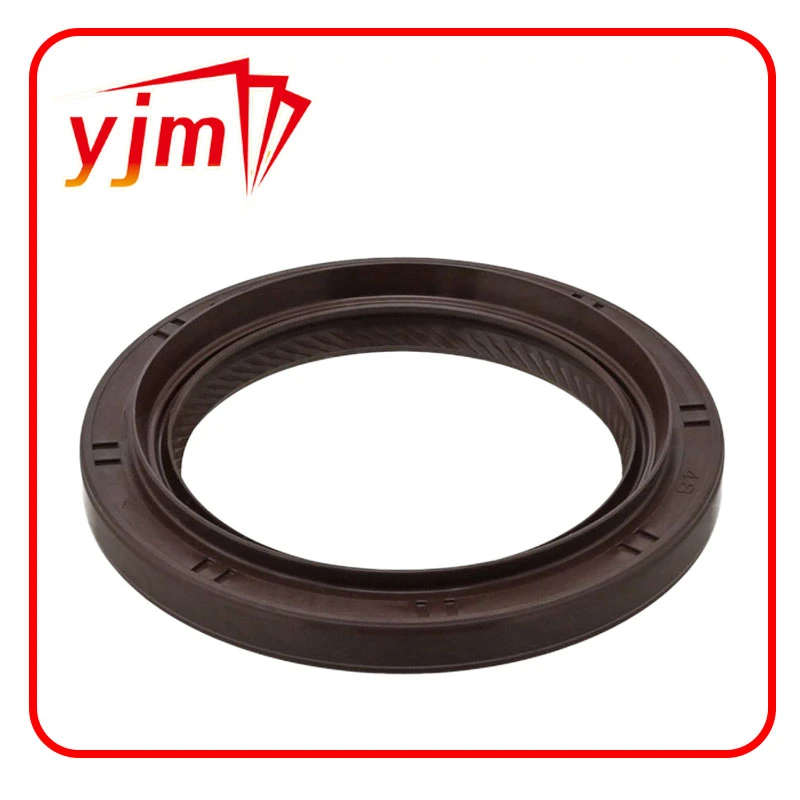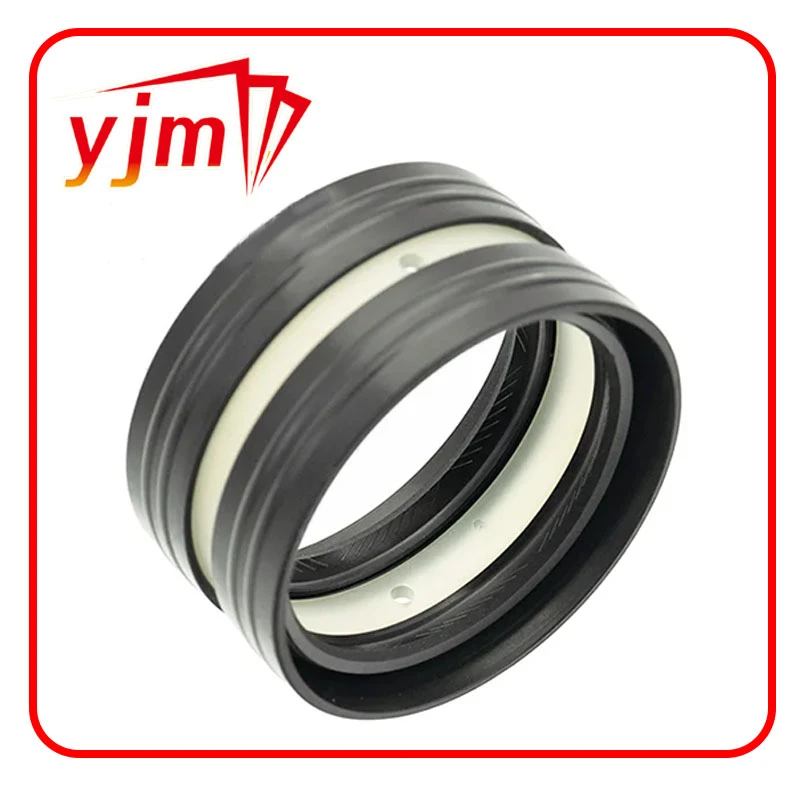How to Identify and Fix Oil Filter Mount and Housing Gasket Leaks
Your vehicle’s oil system is a critical component in keeping the engine properly lubricated and running smoothly. However, one of the most common sources of oil leaks is a faulty oil filter mount gasket, worn oil housing seal, or even a damaged oil filter stand gasket. These parts are essential for maintaining a proper seal between engine components, and when they fail, they can lead to noticeable oil leaks, reduced oil pressure, and long-term engine wear. In this article, we’ll explain how to identify, diagnose, and fix an oil housing gasket leak and other related issues.
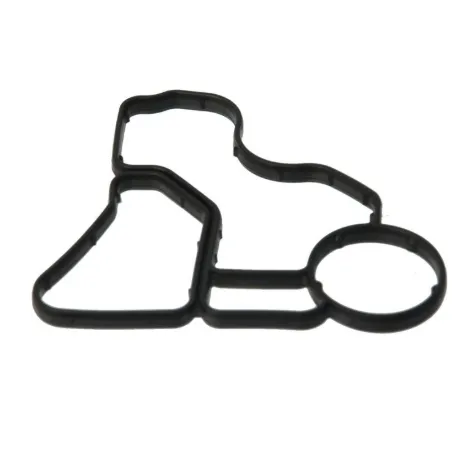
Understanding the Oil Filter Mount and Housing Seals
Many modern engines have a dedicated oil filter mounting assembly that includes a filter stand, housing, and multiple sealing gaskets. Each of these components plays a specific role in containing engine oil and routing it through the filter efficiently.
Let’s break down the key components:
Oil filter mount gasket: This gasket seals the connection between the engine block and the oil filter mount. If it fails, oil can leak directly from where the filter is attached to the engine.
Oil housing seal: Usually made of rubber or silicone, this seal prevents oil from leaking out of the housing assembly, especially in engines with integrated oil coolers.
Oil filter stand gasket: Found in engines where the oil filter is mounted to a separate metal bracket or stand, this gasket ensures oil doesn’t escape through the stand's connection to the block.
Oil housing gasket leak: A general term for leaks originating from the gasket or seal around the oil filter housing.
Oil filter seal leaking: Typically refers to a failed rubber gasket on the oil filter itself, leading to oil dripping during operation.
These parts are inexpensive but vital. A failure in any of them can lead to oil seeping or spraying out, potentially damaging engine components or causing low oil pressure.
Symptoms of a Leaking Oil Filter or Housing Gasket
A leaking oil filter seal or oil housing gasket leak usually doesn’t happen overnight—it often starts as a slow leak that worsens with time. Here are the most common signs:
Oil dripping under the vehicle: After the car has been parked, you may notice oil puddles or drops under the engine.
Burning oil smell: Leaked oil can drip onto hot engine components, especially the exhaust manifold, creating a sharp burning smell.
Low oil levels: Even if you don’t see oil on the ground, a slow leak from the oil filter mount gasket or oil housing seal can reduce your oil level over time.
Smoke from the engine bay: If oil is leaking onto hot parts, it can create smoke under the hood.
Oil light or pressure warning: In severe cases, a leak can affect oil pressure, triggering a dashboard warning light.
These symptoms should not be ignored. Even a small oil filter stand gasket leak can cause a loss of oil pressure, risking engine damage if the problem isn't corrected.
How to Replace Oil Filter Mount and Housing Gaskets
Fortunately, repairing a leaking oil housing seal or oil filter mount gasket is a manageable task for most DIYers with a basic set of tools and some patience.
What You’ll Need:
New oil filter mount gasket
New oil housing seal or oil filter stand gasket
Socket set and torque wrench
Oil drain pan
Brake cleaner or degreaser
Gasket scraper or plastic razor blade
New oil and oil filter
Shop towels or rags
Step 1: Drain the Oil
Start by draining the engine oil completely. This will prevent any mess during the gasket replacement and allow you to install a fresh oil filter afterward.
Step 2: Remove the Oil Filter and Mounting Assembly
Remove the oil filter. If the oil filter seal is leaking, it may be visibly damaged or flattened. Then, remove the bolts securing the oil filter mount, stand, or housing assembly.
Depending on your vehicle, you may need to remove other components for access, such as intake parts or engine covers.
Step 3: Inspect and Clean the Surfaces
Once the oil filter mount or housing is removed, carefully clean the mating surfaces. Remove all traces of the old oil housing seal or oil filter stand gasket using a gasket scraper and brake cleaner. Be thorough—residue or debris can prevent a proper seal.
Step 4: Install New Gaskets and Reassemble
Install the new oil filter mount gasket, oil housing seal, or oil filter stand gasket as needed. Be sure they are properly aligned and seated. Reattach the filter mount or housing, and torque the bolts to factory specifications.
Install a new oil filter and make sure its gasket (typically included with the filter) is lubricated and snug—never reuse an old filter gasket, as this is a common source of oil filter seal leaking.
Step 5: Refill Oil and Test for Leaks
Refill your engine with fresh oil. Start the engine and let it idle while you check underneath for any signs of oil leaks. Monitor oil pressure and fluid level. After a short test drive, recheck for leaks and confirm that everything is tight and sealed.
Final Thoughts: Preventing Future Oil Leaks
The best way to avoid problems like an oil housing gasket leak or oil filter seal leaking is through regular maintenance and inspection. Replace the oil filter at each oil change, and always double-check that the old gasket comes off with the filter. Periodically inspect the area around the oil filter and housing for oil residue or dirt buildup—these are early signs of a leak.
Gaskets like the oil filter mount gasket, oil housing seal, and oil filter stand gasket may not need frequent replacement, but once they start leaking, immediate action is required. Using high-quality OEM gaskets and proper installation techniques ensures long-term reliability.
With attention to detail and proactive care, you can keep your engine sealed, clean, and running at its best—mile after mile.
-
High-Quality Seal 12x22x5 for Industrial & Automotive Use | YJM Seal
News Nov.25,2025
-
Seal 12x20x5: Precision Radial Shaft Seals for Industrial Reliability
News Nov.24,2025
-
Seal 12x18x5: Essential Guide to Specifications, Applications & Vendors
News Nov.24,2025
-
Understanding Seal 12 20 5: Applications, Specifications & Industry Insights
News Nov.23,2025
-
Durable Oil Seal 85x110x12 – Reliable Sealing Solutions for Industry
News Nov.23,2025
-
Durable and Precise Oil Seal 75x95x10 for Efficient Machinery | YJM Seal
News Nov.22,2025
-
Durable Oil Seal 75x100x10 for Reliable Industrial Performance | YJM Seal
News Nov.22,2025
Zvigadzirwa zvikamu

